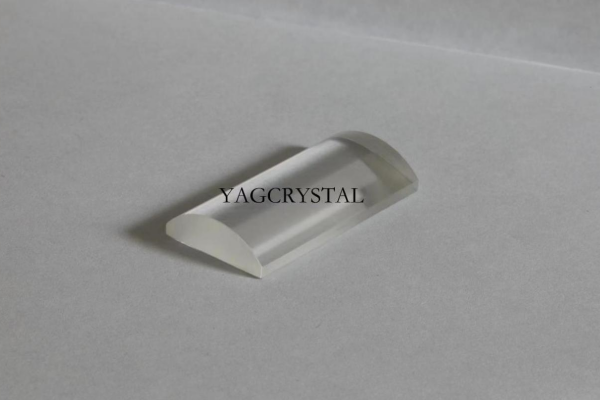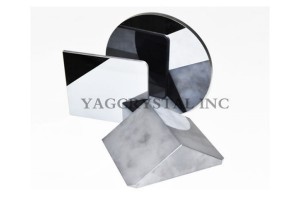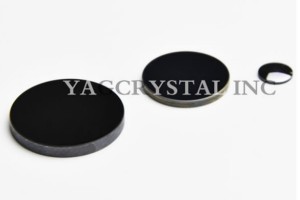Cylindrical Mirrors–Unique Optical Properties
Product Details
Such as line gathering system, movie shooting system, fax machine and scanning imaging system for printing and typesetting, as well as gastroscope and laparoscope in the medical field, and vehicle video system in the automotive field have the participation of cylindrical mirrors. At the same time in linear detector lighting, barcode scanning, holographic lighting, optical information processing, computer, laser emission. And it also has a wide range of applications in intense laser systems and synchrotron radiation beamlines.We offer a wide range of Optical Prisms in a variety of designs, substrates, or coating options. These Prisms are used to redirect light at a designated angle. Optical Prisms are ideal for ray deviation, or for adjusting the orientation of an image. An Optical Prism's design determines how light interacts with it. Designs include Right Angle,Roof, Penta, Wedge, Equilateral, Dove, or Retroreflector prisms.
Features
The selection of the cylindrical lens and the construction of the optical path must follow the following rules:
● In order to make the beam spot uniform and symmetrical after shaping, the focal length ratio of the two cylindrical mirrors should be approximately equal to the ratio of divergence angles.
● The laser diode can be approximately regarded as a point light source. In order to obtain collimated output, the distance between the two cylindrical mirrors and the light source is equal to the focal length of the two.
● The distance between the main planes where the two cylindrical mirrors are located should be equal to the difference between the focal lengths f2-f1, and the actual distance between the two lens surfaces is equal to BFL2-BFL1. As with spherical lenses, the convex surface of cylindrical mirrors should face the collimated beam to minimize aberrations.









